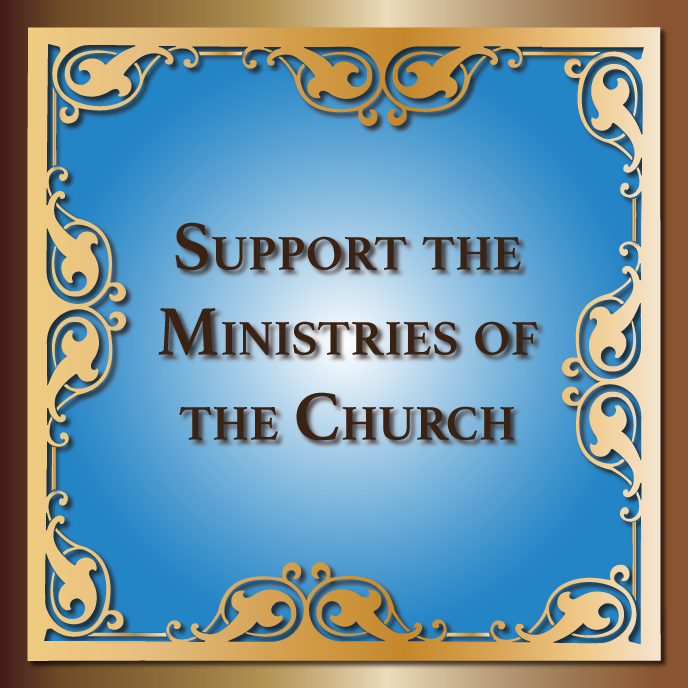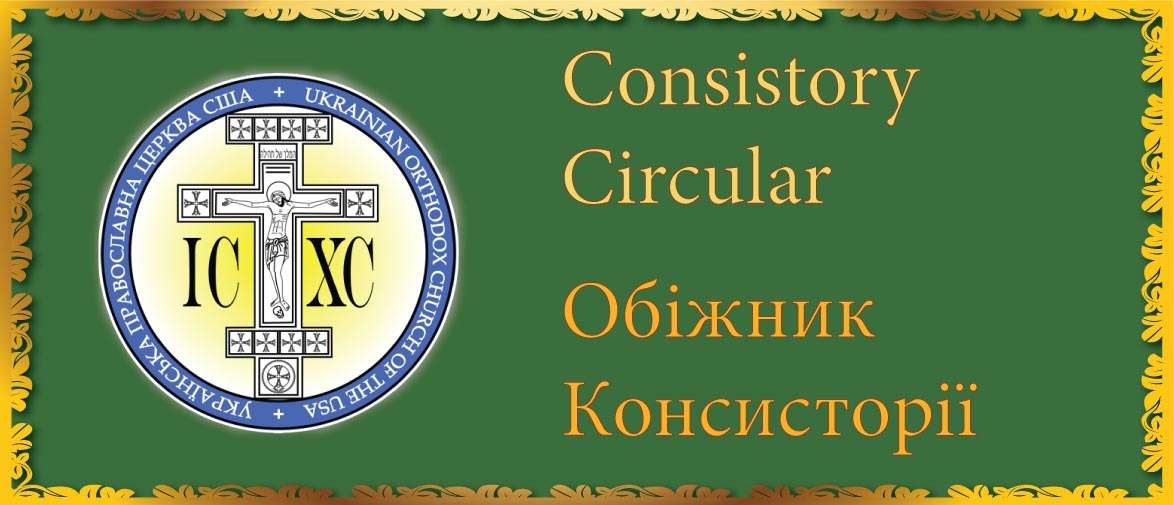Every year on the first Sunday of Great Lent we celebrate the Triumph of Orthodoxy in commemoration of the day in 843 C.E. (or AD for those non-academic theologians) on which the Edict of the Seventh Ecumenical Council (787 C.E.) which restored icons within the Church was brought into full force in the city of Constantinople through the actions of a local council of Bishops at the Hagia Sophia. On that day, in celebration of re-establishment of the veneration of icons, a procession was held in which the Emperor, the Empress, Bishops, monks and clergy carried icons throughout the city and the Cathedral. Each year since, Orthodox Christians have re-enacted that procession throughout the world.
But one has to ask, is that the reason why icons are celebrated on the first Sunday of Great Lent? Why is this commemoration placed in the series of commemorative Sundays of Great Lent at all? The answers to these questions are found in the decree which did, in fact, focus on the restoration of icons to their proper place in the Church but went on to say:
Those, therefore who dare to think or teach otherwise, or as wicked heretics to spurn the traditions of the Church and to invent some novelty, or else to reject some of those things which the Church hath received (e.g., the Book of the Gospels, or the image of the cross, or the pictorial icons, or the holy relics of a martyr), or evilly and sharply to devise anything subversive of the lawful traditions of the Catholic Church or to turn to common uses the sacred vessels or the venerable monasteries, if they be Bishops or Clerics, we command that they be deposed; if religious or laics, that they be cut off from communion. [Acts of the Seventh Ecumenical Council (ASEC), Ch. 550]
This paragraph relates not only to icons but to the entirety of the Holy Tradition of the Church; the icons became a prima fascia symbol at that time of Faith. For over one hundred years, a portion of the Church, the Iconoclasts, challenged their usage, sometimes in violent and bloody manners, calling them graven images which lead to idolatry. This gathering of Bishops in Nicea ,which was to become known as the Seventh Ecumenical Council, inspired by the Holy Spirit, found that icons were a reflection of the Incarnation of Our Lord, God and Savior, Jesus Christ, “that so the incarnation of the Word of God is shown forth as real and not merely fantastic, for these have mutual indications and without doubt have also mutual significations” (ASEC, Ch. 550) and they were a reflection of the reality of the presence of Christ throughout the world, because this same Council also proclaimed “with all certitude and accuracy that just as the figure of the precious and life-giving Cross, so also the venerable and holy images, as well in painting and mosaic as of other fit materials, should be set forth in the holy churches of God, and on the sacred vessels and on the vestments and on hangings and in pictures both in houses and by the wayside, to wit, the figure of our Lord God and Savior Jesus Christ, of our spotless Lady, the Mother of God, of the honorable Angels, of all Saints and of all pious people” (ASEC, Ch. 550); another way to present this passage is that icons were to be acceptably displayed everywhere to be seen by all peoples so that “by so much more frequently as they are seen in artistic representation, by so much more readily are men lifted up to the memory of their prototypes, and to a longing after them” (ASEC, Ch. 550). To these Holy Fathers, icons were integrally linked to the Mysteries, the Liturgies and the teachings of the Church within the Holy Tradition of the One Apostolic Orthodox Church; they were visual indications of that which was has happened, is happening and will happen within the totality of the universe; they foster and encourage the desire to progress in the Faith toward that union with God, or theosis, to which we are all called.
The first Sunday of Great Lent is a day of remembrance; a day on which we extend our Faith so that we can communicate with that all important co-existent essential metaphysical reality to which the Father of the Second Council of Nicea refer and which we all too often disregard; it is this substantiality which is ever present and always depicted for us within the formulation of icons. Icons offer portals of communication through which we can and must communicate with this essential actuality through veneration and prayer for “the honor which is paid to the image passes on to that which the image represents, and he who reveres the image reveres in it the subject represented.” (ASEC, Ch. 550).
The first Sunday of Great Lent is a day upon which reflection is necessary as to the subjects of icons and their profound faith: the Incarnate Lord, the Ever Blessed and Ever Virgin Mother of God, The Apostles, The Martyrs, The Confessors, the Wonder Workers and all the Saints. This is the day when Faith becomes the operative goal and the vehicles through which we remind ourselves of the true Faith are those windows into the ultimate certitude, icons.
The restoration of icons was not a justification of Church Art; it was not the establishment of the cultic worship of demigod like Saints through vain images and idols. The restoration of icons was the proclamation of the Faith of the entirety of the Orthodox Church. For in icons we see the Incarnation, Life, Death and Resurrection of Our Lord God and Savior Jesus Christ; we see the life of the Holy Mother of God; we see the lives of all the Saints and we see the possibilities extant for us with regard to our life here on Earth and our ultimate salvation.
This is why the first Sunday of Great Lent is commemorated as the “Triumph of Orthodoxy;” it is the day on which we remember and attest to our belief in the True Faith of our Church which is the basis of all salvation in Jesus Christ. This reaffirmation of Faith is the second step on any spiritual journey of self examination (with the first being forgiveness of our brothers and sisters in Mankind); for without Faith our journey toward true Spirituality will fail; we require the certitude of the inseparable coexistent metaphysical reality depicted in icons to reveal elements of our Faith, so that we can fulfill that mission for which we were created; we require our Faith to be able to become “partakers in the Divine Nature” (2 Peter1:4) that God has made available to us, so that we will become able to restore that Image and Likeness, or Icon, of God in which we were created. We use icons within our lives to attempt reconstitute that Divine Icon which was marred by the Fall of Adam and Eve; we use icons as pathways to Paradise.
To help us accomplish this Divine quest, on the First Sunday of Great Lent, we remember the actions of the local council of Bishops that met in Constantinople in 843 by reenacting their procession; in doing so we, as a consequence, visibly affirm the restoration of icons within the Church but much more importantly we, through these very same actions, proclaim the One True Faith of the One Holy Catholic Apostolic Orthodox Church and begin our spiritual journey through Great Lent in the only way possible before God.
Glory to Jesus Christ! Glory Forever!
V. Rev. Michael Danczak
St. Andrew Parish, Blakely, PA
|
| |||||||||||||












